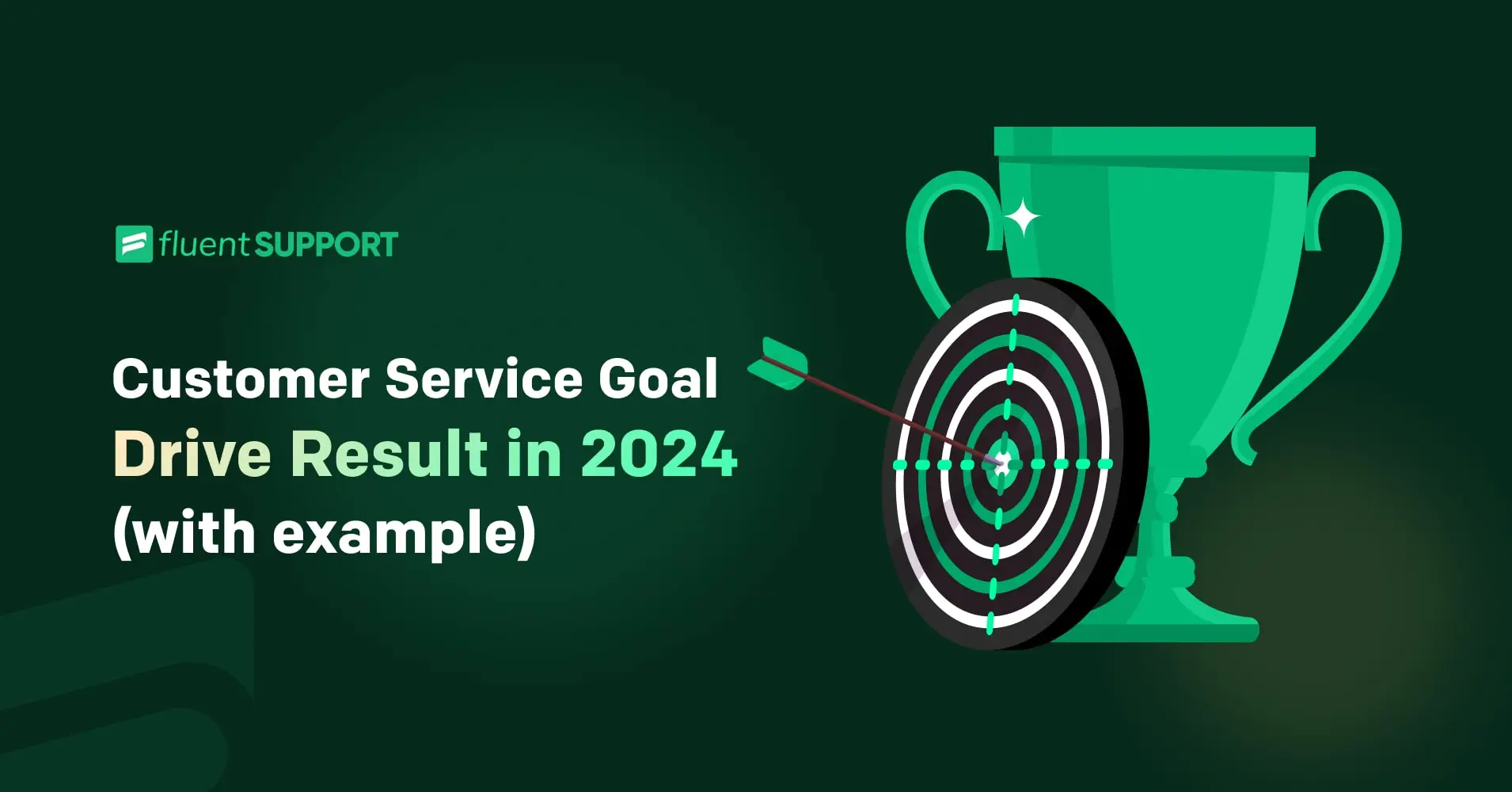
Customer Service Goals: Drive Result in 2024 (with Examples)
It’s obvious that customers are the lifeblood of any business. Considering this statement, nurturing them with the utmost care is crucial.
To leave your customers amazed by your business, you need to boost your customer service strategy. A strategy can be more impactful when you set predetermined goals for it.
In this blog, we will look at how you set up your customer service goals. Additionally, we will discuss our top four handpicked customer service goal examples.
How to set customer service goals?
Setting customer service goals establishes a roadmap for your entire service process. Moreover, it will help you make things easier to achieve the ultimate result for your business.
To be impactful in every stage, from setting goals to accomplishing them, keep them SMART.
Here, SMART is an acronym that stands for Specific, Measurable, Achievable, Relevant, and Time-bound. This is basically a framework that can do magic for you and can assist you in setting a systematic and structured approach for your customer service goals.

Let’s break down each of these aforementioned attributes in alignment with the customer service goal.
Specific
Setting a specific goal gives your team a clear idea of the “what” and “how” of your goal. That means they can get a clear idea of their movement and how they will move to accomplish the goal.
Define everything specifically when setting the goal to ensure your movements. When a goal is vague, you are making things complicated for your customer service team.
Conversely, specific goals are well-defined and have a high rate of accomplishment. So, define the benchmark you want to achieve and avoid vague or general statements.
For example, say, “We will increase our customer satisfaction score (CSAT)” instead of “We will increase our customer satisfaction.”
Measurable
Of course, a goal that is measurable is one of the key aspects of customer service. The customer service team will be clueless when the goal is not measurable.
Moreover, a measurable goal provides you with a clear understanding of how to accomplish the goal and allows you to gauge your progress. That means you are creating a roadmap and a finish line for where your team will run to attain the objectives.
Specifying the customer service goal is a good kick-off for setting the goal. Even better along with that is setting a goal that is measurable. You can do the measurement in the form of numbers, percentage expansion, or other quantifiable methods.
For example, your specific goal is to increase the customer satisfaction score. So, here, the measurable goal will be to increase the satisfaction score by 20%.
Achievable
This aspect of the SMART strategy refers to setting your team up for success according to your in-hand resources and skills. Goals that are actually achievable undoubtedly provide enthusiasm and motivation for your team.
On the other hand, goals that are unattainable or unrealistic for your current situation may raise an unexpressed objection among your team members.
Setting ambitious goals is okay for creating a challenging environment. But don’t be in the loop of overwhelming to create unachievable action. Following that will harm morale and cause cluelessness among your employees.
Let’s look at an example of it.
Suppose you have limited support agents compared to your regular customer queries. And you guided your team to respond to all customer queries in real-time.
That can’t be a realistic or achievable action. Your support team will feel like they’ve failed before they started.
Aim for something achievable, like striving to acknowledge all the tickets within 24 hours.
Relevant
To make the most of your goal-setting strategy, maximizing relevancy is crucial. Tie your goals back to the company’s overall mission and strategy. A goal that is relevant is automatically aligned with your customer service objectives.
Try to figure out this answer: Is it worth targeting?
Not only that, relevant goal-setting strategy must have a positive impact on customer experience, customer satisfaction, customer retention, customer loyalty, etc.
Whatever your goals are, they have a straightforward relationship with your customer service team. So, don’t ever think a sole percentage of setting irrelevant goals will optimize service team performance and avoid puzzlement.
Suppose your company is planning to ensure top-notch customer service in 2024. Here, you need to set goals aligned with your customer service objectives.
In this context, expanding your business into two more new markets can’t be a relevant goal for you. What will be relevant for you is setting the goal of scaling up customer satisfaction score.
Time-bound
Time-bound acts as the end point of your customer service goal. This approach is designed to avoid the procrastination of your service team.
Usually, deadlines keep the team spirits up and help your team move towards actionable behaviour. When you go for time-bound goals, you can review these questions:
How much time will it take to reach the finish line? Can it be within this year? This quarter? This month? Or within a few days?
Note that you shouldn’t make the time limit too long or too short. Otherwise, it will end up losing the momentum of the whole process of goal-setting.
Setting a deadline can also create a sense of urgency and motivate you and your team to achieve your goals.
Suppose you have a specific goal to increase the customer satisfaction score and measure it to increase it by 20%. In this term, there is a lack of clarity about a specific time frame, as there is no mentioned time-bound.
When you set a time-bound to complete it within the first quarter of 2024, you will notice an urgent mindset and actionable effort from your team.
Note that you are just going for a time-bound or finish line, not a deadline. So, your time-bound needs to be flexible.
Four best examples of customer service goals
In this section, we will explore our best four handpicked examples of customer service goals.
Keep reading.
1. Optimize your First Response time (FRT)
Focusing on improving the first response time, one of the customer experience KPIs, can have a positive impact on your customer service. That’s why, while setting customer service goals, make it a priority on your list.
Usually, customers hate to wait in a queue for a long time. If this is ongoing in your customer service process, it’s extremely likely that you are going to lose customer satisfaction.
Customers are less patient than ever before. So, customers will definitely appreciate your speedy reply. Research says 80% of customers want quicker responses from companies.
In some cases, your support team may face several complex issues that can’t be solved in a short period of time. Here, what can handle a customer’s impatience is a quick initial response, mentioning that you are working on it.
By putting it into practice, you are making customers feel relaxed and achieving customer happiness. Obviously, that’s a great customer service goal to achieve.
Moreover, when you are fairly confident about improving First Response Time (FRT) in a predetermined timeframe, include it in your Service Level Agreement (SLA).
The longer you keep customers waiting, the more frustrated they are going to get. In fact, a slow response time is one of the biggest indicators of poor customer service overall.
2. Lower your Mean Time to Resolution (MTTR)
Mean Time to Resolution (MTTR) a great customer service metric that refers the average time support agents take to resolve issues. So, lowering MTTR indicates that you are far away from poor customer service.
Mark it as another crucial customer service goal. Just consider the data: 60% of customers said that resolving their issues quickly was the most important part of good customer service.
Improving First Response Time (FRT) is a good option, but what even better along with it is making sure to lower your Mean Time to Resolution (MTTR).
The more you can resolve customer’s issues more efficiently and swiftly, the better your customer service will be. So by improving FRT and lowering MTTR, you are geared up and ready to go for stellar customer service.
An example of poor customer service is taking an extended period of time to resolve an issue. In fact, 36% of customers say that getting their “issue resolved in a single interaction” is the most important part of good customer service.
Therefore, instead of chatting and talking for an extended period, set your goal to resolve issues in a predetermined timeframe and amaze your customers with your service. Pay attention to the fact that while providing swift issue resolution, make sure to maintain your service quality.
3. Provide self-service option for customers
In this modern era of business, intuitive self-service options for issue resolution have become a trend. Customers want quick answers and many of them prefer to do so without interacting with a customer support agent.
In fact, 81% of customers love to figure out their own problems before they contact a live agent, according to the Harvard Business Review. Based on this data, assess it as a great customer service goal to target and accomplish.
Moreover, you can consider it a win-win situation, as it will relieve your support representative’s extra burden of issue resolution and create a self-service environment.
An extra perk is that by offering a self-service option, you are letting your customers get a deeper understanding of your products or services.
Focus on documenting common customer queries and creating content for them with a knowledge base, FAQs, or video tutorial.
“We document questions received each day and, within two weeks, add answers for each, where needed, to our knowledge base in the form of text and videos.”
Boyd Norwood
Let’s look at Fluent Support’s knowledge base that helps customers to get insights about the product.
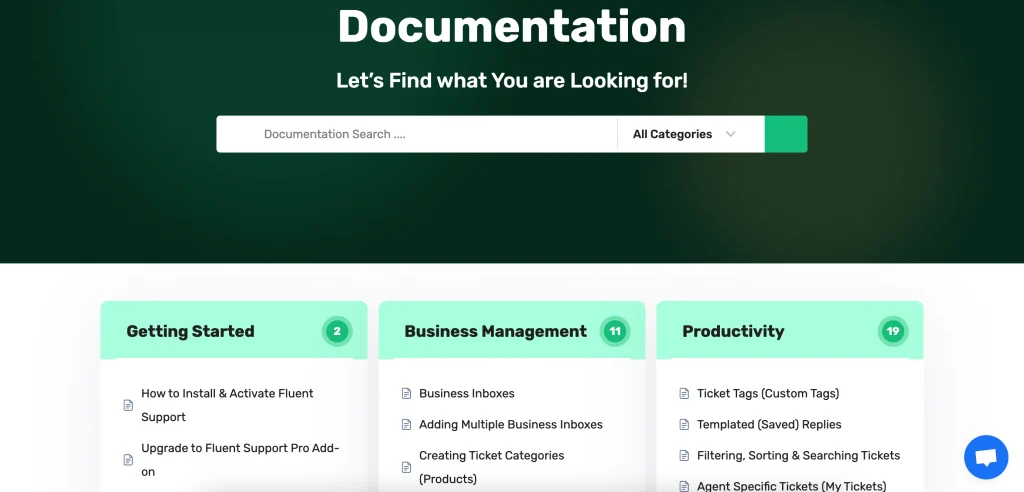
4. Build customer loyalty
Loyal customers refer to the committed customers of your business who consistently support your business. Once your business secures a loyal customer base, it will automatically be blessed with some other crucial terms, like:
- satisfied customers
- exceptional customer service
- amazing customer experience
- reduced rate of customer churn
- good relationship with customers
- positive customer sentiment
- high customer retention
- word-of-mouth marketing opportunity
and so on.
So, how can you even think of missing out on adding this treasure to your customer service goals?
Assemble your team to focus on building customer loyalty and mark it as a top priority among your customer service goals.
Wrapping up
Finally, to drive results for your business in 2024, make the difference from the previous year by setting customer service goals smartly. And we are confident enough that you gained valuable insights from this blog.
We appreciate you taking time to read this blog.
Start off with a powerful ticketing system that delivers smooth collaboration right out of the box.






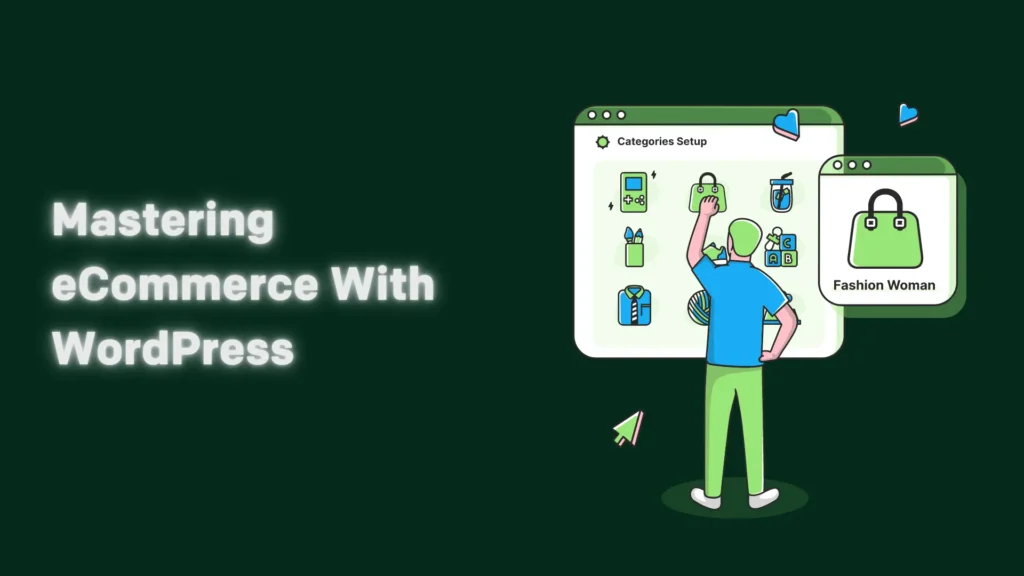
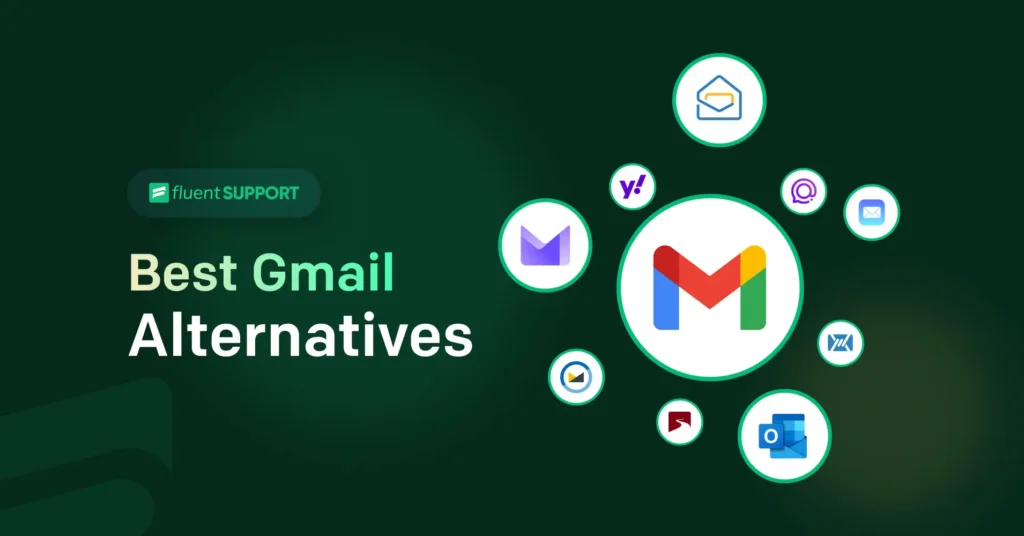
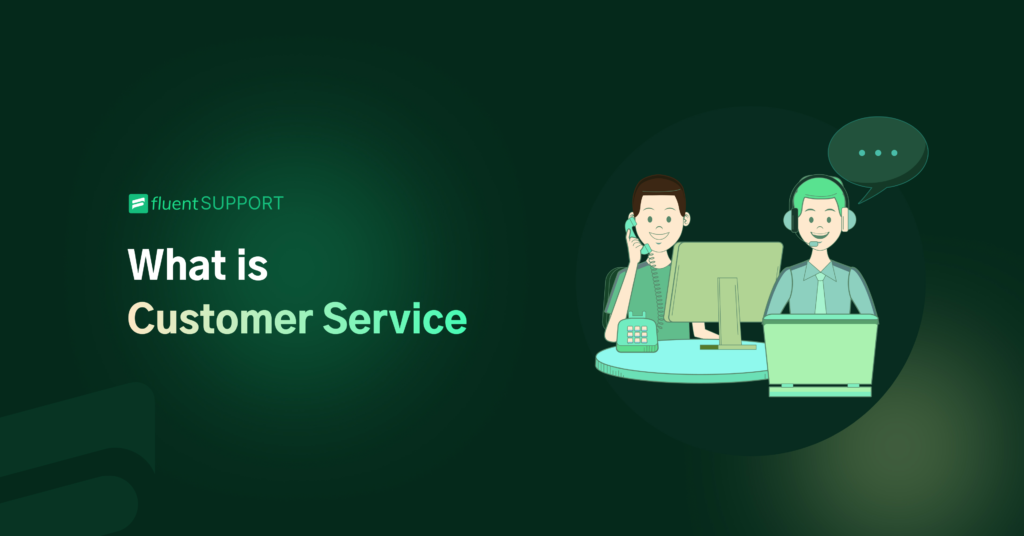
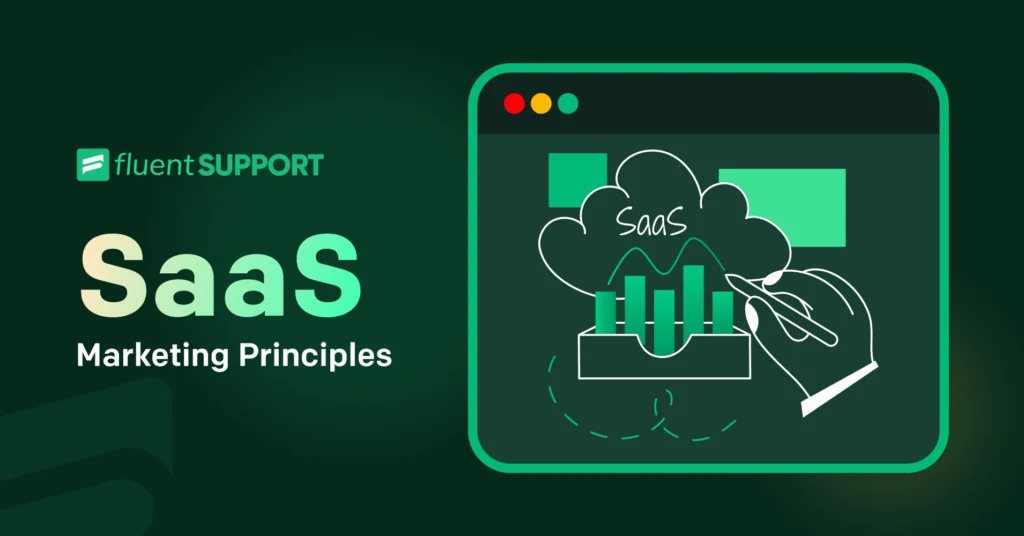

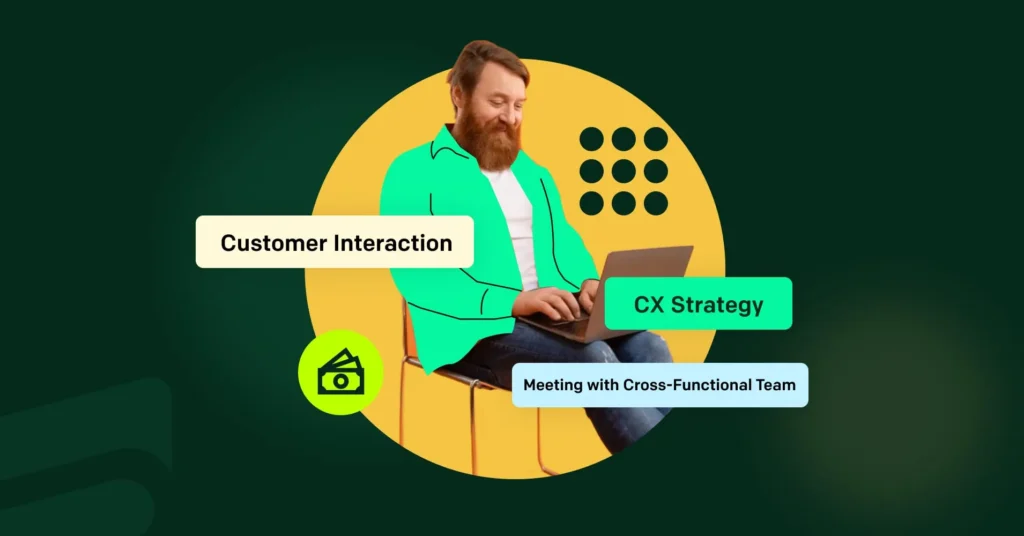
Leave a Reply